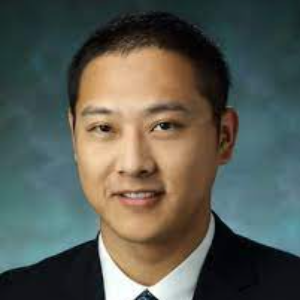Title : Pathogenic Alpha-synuclein cell-to-cell transmission mechanism and related therapeutic development
Abstract:
α-Synucleinopathies is characterized with accumulation of misfolded α-synuclein (α-syn), including Parkinson’s disease (PD), Dementia with Lewy Bodies (DLB), and Multiple System Atrophy (MSA). Emerging evidence indicates that pathogenesis of α-synucleinopathies may be due to cell-to-cell transmission of prion-like preformed fibrils (PFF) of α-syn. We identified several receptors (Lag3, Aplp1, neurexins) that specifically bind with α-syn fibrils but not α-syn monomer. Lymphocyte-activation gene-3 (Lag3) exhibits the highest binding affinity with α-syn fibrils, and α-syn fibrils binding to Lag3 initiated pathogenic α-syn endocytosis, propagation, transmission, and toxicity. Lack of Lag3 (Lag3-/-) and anti-Lag3 can substantially delay α-syn PFF-induced loss of dopamine neurons, as well as biochemical and behavioral deficits in vivo. The identification of Lag3 that binds α-syn PFF provides a target for developing therapeutics designed to slow the progression of PD and related α-synucleinopathies. Biocompatible antioxidant nanozyme, PtCu nanoalloys (NAs), is applied to fight against α-syn spreading. The results show that PtCu NAs significantly inhibit α-syn pathology, cell death, and neuron-to-neuron transmission by scavenging reactive oxygen species (ROS) in primary neuron cultures. Moreover, the PtCu NAs significantly inhibit α-syn spreading induced by intrastriatal injection of PFF. It is the first time to observe nanozyme can block prion-like spreading, which provides a proof of concept for nanozyme therapy.



